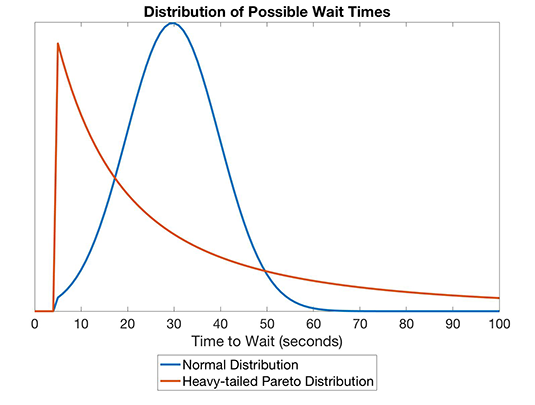Introduction
In the world of email, texting, and other messenger software, we are often waiting for a response from someone else. In fact, in many of these cases we face an intertemporal choice: do we bug the other person for what would probably be a quick answer now or do we wait for them to respond on their own and provide a well thought out answer. What should you do? It turns out, what you should do depends on your beliefs about when the answers will arrive.
To see this first, try a simple demonstration of this task. Think of two questions that have a yes or no response and that you desperately want to know the answer to. These could be anything, “Will that special someone finally notice me?” “Will I live to 100?”. You are going to ask the Magic 8-Ball these questions. The trouble is it could be a while for the Magic 8-Ball to answer both questions. You can “bug” the Magic 8-Ball for an answer. If you do, it will answer only 1 of your questions. But, if you are patient it will answer both of your questions.
Try this situation out below.

